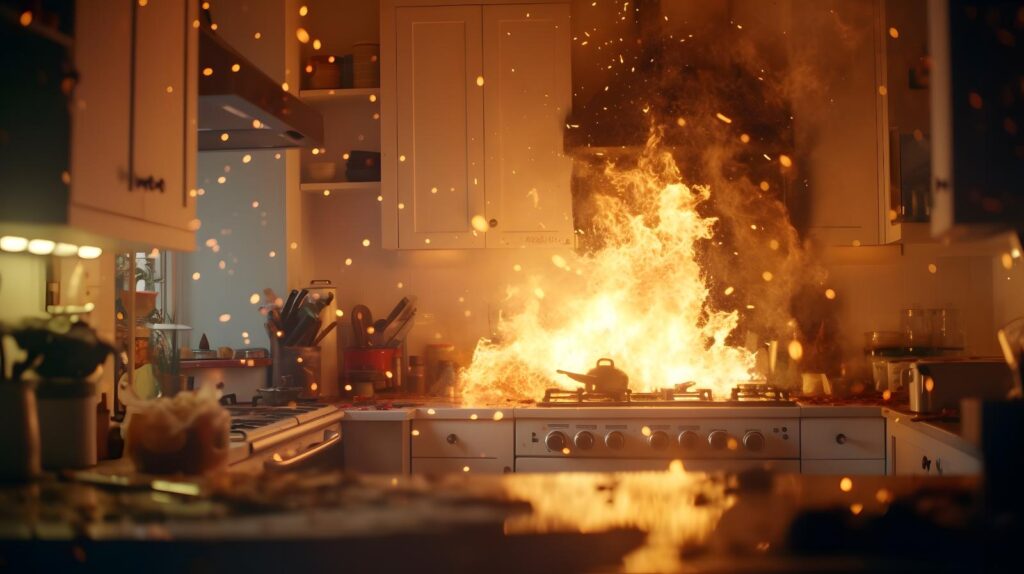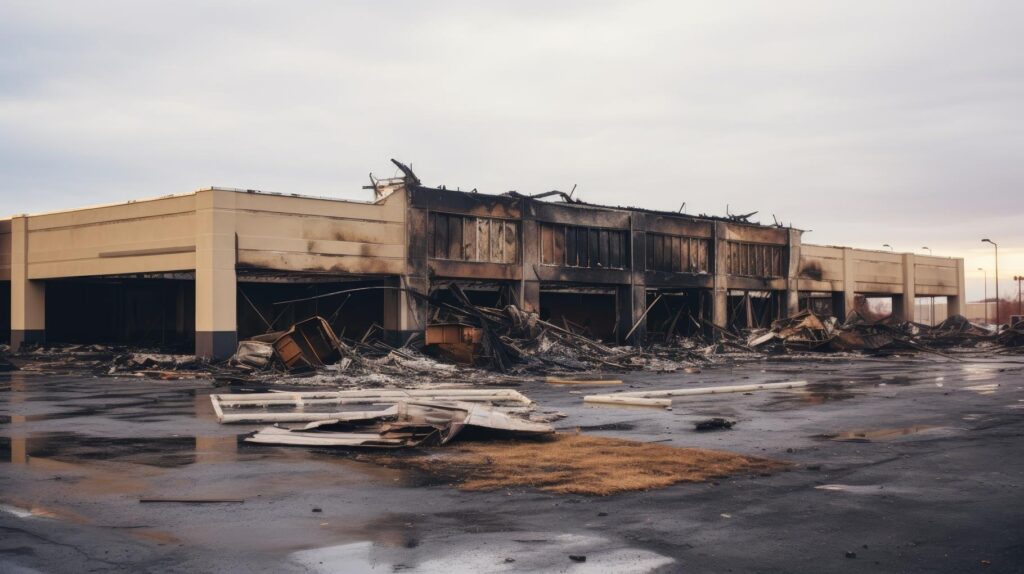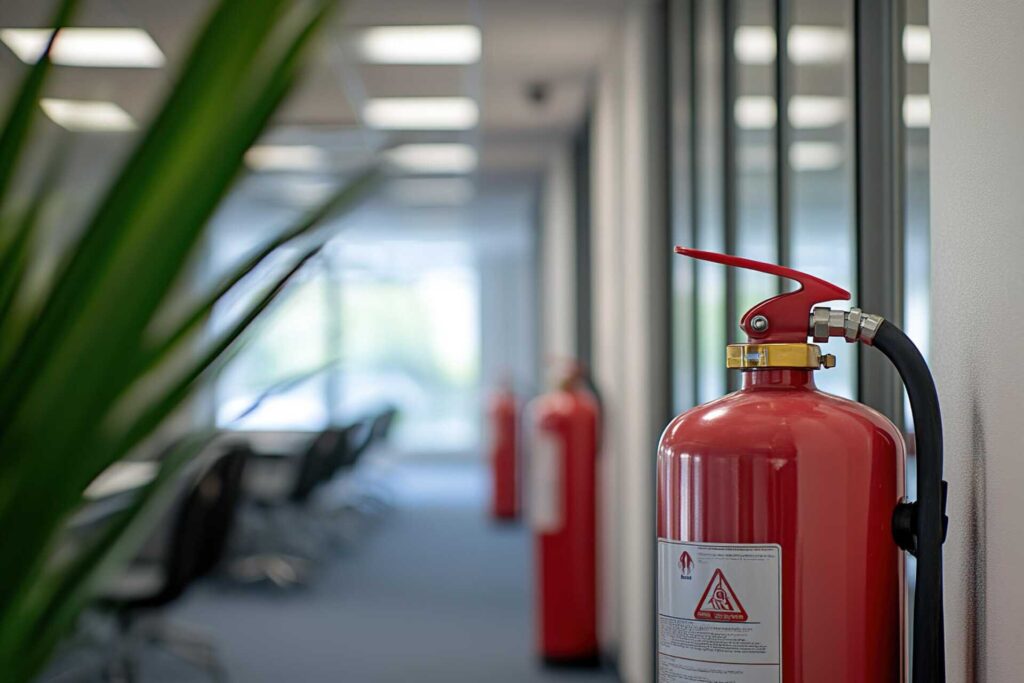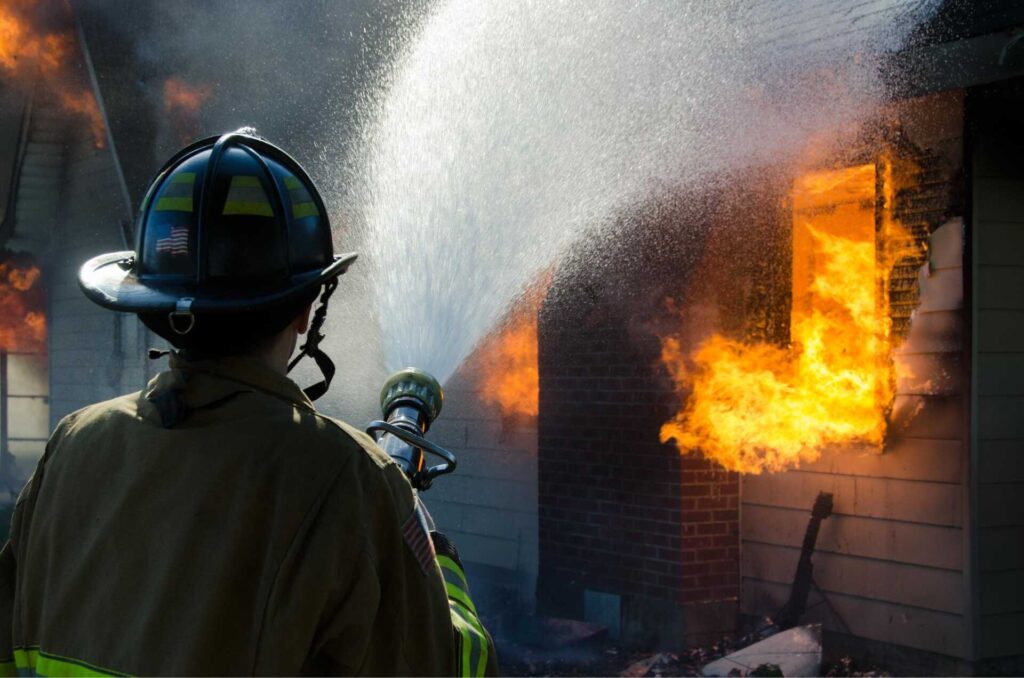
Contents
Did you know that nearly 50% of homeowners underestimate the complexities involved in fire damage cleanup? When faced with such a situation, it’s crucial you approach the recovery process methodically. By following a few straightforward tips, you can effectively navigate the challenges ahead. From assessing the damage to knowing when to call in professionals, each step plays a vital role in restoring your space. So, what are the essential strategies you need to implement to ensure a successful cleanup?
Key Takeaways
- Assess the damage thoroughly and document it for insurance claims before starting any cleanup efforts.
- Gather necessary supplies, including protective gear and heavy-duty cleaners designed for fire damage.
- Prioritize safety by wearing personal protective equipment and turning off electricity and gas lines.
- Systematically clean and remove debris, sorting items into salvageable, non-salvageable, and hazardous categories.
- Seek professional help for extensive damage or health concerns, especially related to mold or hazardous materials.
Assess the Damage First
Assessing the damage after a fire is crucial to understanding the extent of the destruction and planning your cleanup strategy. Start by carefully inspecting the affected areas. Look for visible signs such as charred materials, smoke stains, and water damage from firefighting efforts.
It’s important to document everything with photos and notes, as this information will aid in your damage evaluation and support your insurance claims.
As you assess the damage, prioritize safety. Wear protective gear, including gloves and masks, to shield yourself from hazardous materials. Identify structural issues, like weakened beams or compromised walls, that may require professional attention.
Note any personal belongings that are salvageable or irreparably damaged. This detailed inventory won’t only help you but also serve as a vital resource for your insurance provider.
Consider reaching out to your insurance company to discuss the next steps. They often require a formal damage evaluation before processing your claim.
Being thorough in your assessment can expedite this process, ensuring you receive the support you need during this challenging time.
Gather Necessary Supplies
Gathering the right supplies is essential for an effective fire damage cleanup. Having the appropriate cleaning equipment at hand not only streamlines the process but also ensures your efforts are thorough and impactful. You’ll want to create a supply checklist to avoid any last-minute scrambles.
Here are three critical items you should include:
Protective Gear: Safety goggles, gloves, and masks are non-negotiable. They protect you from soot, debris, and harmful chemicals, ensuring you can clean without risking your health.
Heavy-Duty Cleaners: Look for specialized fire damage cleaning solutions designed to break down soot and eliminate odors. These products are more effective than standard cleaners and will help restore your space more effectively.
Cleaning Tools: Invest in sturdy brushes, sponges, and cloths. A vacuum with a HEPA filter is also essential for removing fine particles. These tools will help you tackle various surfaces, from walls to carpets, ensuring a comprehensive cleanup.
As you gather these supplies, remember that you’re not just cleaning a space; you’re reclaiming a part of your life that may feel lost.
This process can be emotionally taxing, but having the right tools will empower you to restore your home.
Take your time to ensure you have everything you need, and don’t hesitate to ask for help if you’re feeling overwhelmed. You’re not alone in this journey, and every step you take brings you closer to healing and renewal.
Prioritize Safety Precautions
While you may be eager to start cleaning after a fire, prioritizing safety precautions is crucial to protect yourself from potential hazards. Fires can leave behind various dangers, including structural damage, smoke residue, and toxic materials. You should always wear personal protective equipment (PPE) to minimize risks and ensure your safety during cleanup.
Here’s a quick reference table for essential safety gear:
| Safety Gear | Purpose | Recommended Type |
|---|---|---|
| Gloves | Protects hands from sharp objects and chemicals | Heavy-duty rubber gloves |
| Respirator Mask | Filters harmful smoke particles and toxins | N95 or higher-rated mask |
| Safety Goggles | Shields eyes from debris and irritants | Impact-resistant goggles |
| Hard Hat | Protects head from falling debris | OSHA-approved hard hat |
| Steel-Toed Boots | Safeguards feet from heavy objects | ANSI-approved steel-toed boots |
Before you begin, assess the area for any structural weaknesses. If you notice severe damage, it’s best to consult a professional. Also, ensure the electricity and gas lines are turned off to avoid further hazards.
Clean and Remove Debris
Once you’ve ensured your safety and assessed the risks, it’s time to tackle the cleanup process by focusing on cleaning and removing debris. This step is crucial, as it not only helps restore your space but also provides a sense of normalcy during a challenging time.
You’ll want to approach debris removal systematically to ensure thoroughness and safety.
Here are three key steps to follow:
Wear Protective Gear: Before you start, put on gloves, a mask, and goggles. This helps protect you from harmful particles and irritants that may linger in the air and debris.
Sort and Categorize: As you begin ash cleaning and debris removal, sort items into categories: salvageable, non-salvageable, and hazardous. This will make it easier to decide what can be cleaned and what needs to be disposed of. Be mindful of any items that may contain hazardous materials, such as electronics or chemicals.
Use Appropriate Tools: Equip yourself with the right tools, such as a broom, shovel, and heavy-duty trash bags. For ash cleaning, a vacuum with a HEPA filter can effectively remove fine particles without spreading them into the air.
Seek Professional Help When Needed
Navigating the aftermath of fire damage can be overwhelming, and sometimes, tackling the cleanup on your own isn’t the best option. While DIY efforts can be commendable, fire restoration often requires specialized knowledge and equipment to ensure safety and effectiveness. If you’re feeling unsure about the extent of the damage or how to proceed, seeking professional help can save you time, stress, and potential further complications.
Here’s a quick reference to help you decide when to call in the experts:
| Situation | Consider Professional Help | DIY Possible |
|---|---|---|
| Extensive damage | Yes | No |
| Smoke damage throughout | Yes | No |
| Small, contained areas | No | Yes |
| Health concerns (mold, etc.) | Yes | No |
| Insurance claims assistance | Yes | No |
Professional fire restoration services not only restore your property but also assist with insurance claims, ensuring you get the coverage you deserve. They’re trained to identify hidden damage that you might miss, like structural risks or lingering smoke odors. Plus, they can handle hazardous materials safely, preventing health risks to you and your family.
Recap
In the aftermath of fire damage, remember that taking care of your property is like piecing together a shattered puzzle. By assessing the damage, gathering supplies, and prioritizing safety, you can navigate the cleanup process more effectively. Don’t hesitate to seek professional help when the task feels overwhelming—sometimes, it’s wise to call in the experts. With patience and determination, you’ll reclaim your space and restore it to its former glory, one step at a time.



